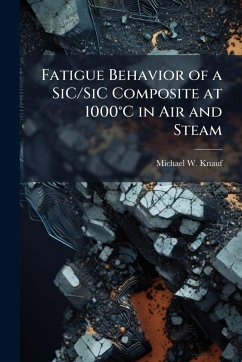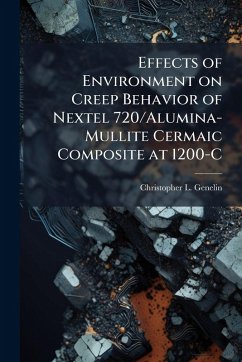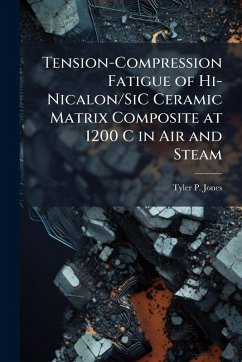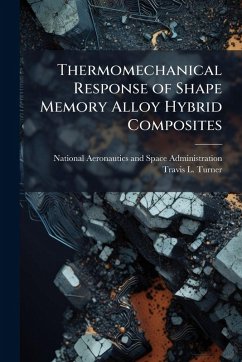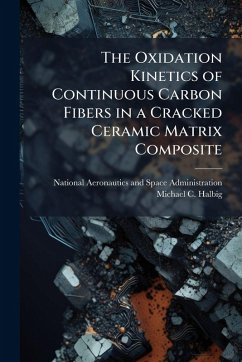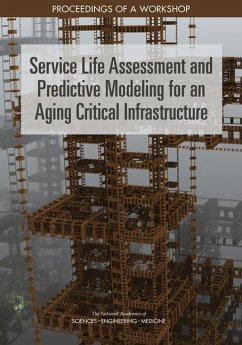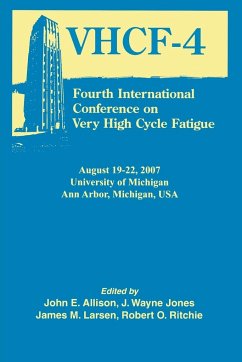
Effect of Prior Aging on Fatigue Behavior of IM7/BMI 5250-4 Composite at 191-C
Versandkostenfrei!
Versandfertig in über 4 Wochen
15,99 €
inkl. MwSt.
Weitere Ausgaben:

PAYBACK Punkte
8 °P sammeln!
IM7/BMI 5250-4 with carbon fiber orientations and [0/90] were aged in air at 191-C for up to 1000 hours. The weight loss was analyzed during the aging process. Tension to failure tests were performed on both the unaged and aged specimens to establish a baseline for the Ultimate Tensile Strengths and Young's Modulus. Tension-tension cyclic load fatigue testing was conducted on the specimen to determine the effect of prior aging on the fatigue response of the composite. Cyclic strain accumulation was not influenced by prior aging, but it was influenced by the stress levels applied. Specimens los...
IM7/BMI 5250-4 with carbon fiber orientations and [0/90] were aged in air at 191-C for up to 1000 hours. The weight loss was analyzed during the aging process. Tension to failure tests were performed on both the unaged and aged specimens to establish a baseline for the Ultimate Tensile Strengths and Young's Modulus. Tension-tension cyclic load fatigue testing was conducted on the specimen to determine the effect of prior aging on the fatigue response of the composite. Cyclic strain accumulation was not influenced by prior aging, but it was influenced by the stress levels applied. Specimens lost 0.2% more weight than the [0/90] specimens from aging in air. This work has been selected by scholars as being culturally important, and is part of the knowledge base of civilization as we know it. This work was reproduced from the original artifact, and remains as true to the original work as possible. Therefore, you will see the original copyright references, library stamps (as most of these works have been housed in our most important libraries around the world), and other notations in the work. This work is in the public domain in the United States of America, and possibly other nations. Within the United States, you may freely copy and distribute this work, as no entity (individual or corporate) has a copyright on the body of the work. As a reproduction of a historical artifact, this work may contain missing or blurred pages, poor pictures, errant marks, etc. Scholars believe, and we concur, that this work is important enough to be preserved, reproduced, and made generally available to the public. We appreciate your support of the preservation process, and thank you for being an important part of keeping this knowledge alive and relevant.



